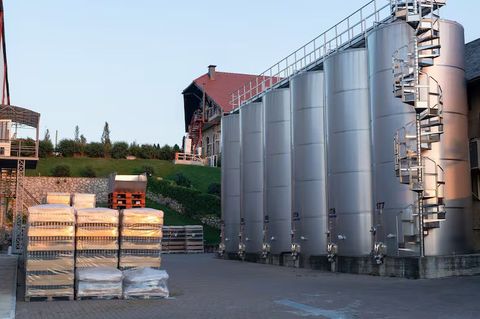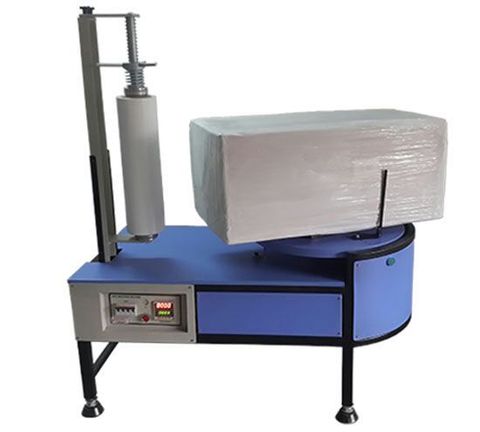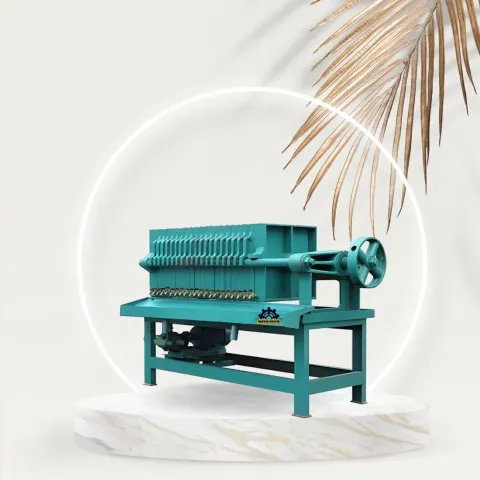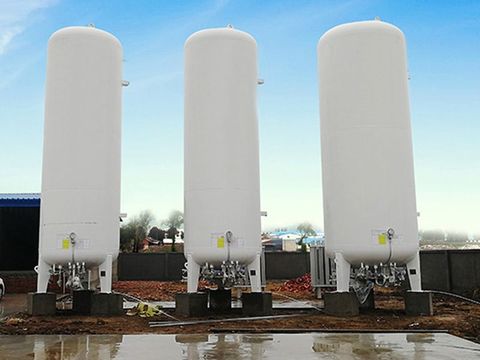Complete Overview of Modern Industrial Tank Types and Materials
Industrial tanks are essential storage systems used across manufacturing, chemical processing, food production, pharmaceuticals, water treatment, oil and gas, and many other sectors. Their purpose is to safely store or process liquids, gases, chemicals, powders, or semi-solids that industries need for daily operations.
The design of each tank depends on capacity requirements, temperature conditions, material compatibility, corrosion risks, and industry-specific standards. Tanks can be above-ground, underground, horizontal, vertical, pressurized, insulated, or jacketed based on their intended use.

Modern industrial operations rely on these tanks to ensure smooth production, prevent contamination, support safety, and maintain consistent process flow. Without well-designed tanks and appropriate materials, industries would face significant challenges in storing hazardous substances, protecting product quality, and managing supply chains efficiently.
Importance – Why Industrial Tanks Matter Today
Industrial tanks are more important than ever due to increased production demands, stricter quality standards, and growing environmental responsibilities.
Who Industrial Tanks Affect
-
Manufacturing companies
-
Chemical plants
-
Oil and gas operations
-
Water treatment facilities
-
Agricultural and food processing units
-
Pharmaceutical and biotech industries
-
Warehouses and distribution centers
Key Problems Industrial Tanks Help Solve
1. Safe Storage of Operational Materials
Tanks protect stored substances from contamination, leakage, spoilage, and temperature fluctuations.
2. Support for Large-Scale Production
High-volume production lines require continuous supply storage. Tanks ensure adequate inventory for uninterrupted operations.
3. Controlled Processing Conditions
Many tanks include features such as heating jackets, agitation systems, and insulation to control temperature, consistency, and quality.
4. Environmental Protection
Leak-proof tank designs minimize chemical spills and reduce environmental risks.
5. Compliance With Industry Standards
Proper tank selection helps industries meet safety, hygiene, and quality requirements.
Why This Topic Matters Today
Global growth in chemicals, food manufacturing, pharmaceuticals, and renewable energy has increased the demand for efficient, durable, and specialized industrial tanks. Additionally, companies are adopting modern materials that offer better corrosion resistance, improved safety, and lower maintenance costs. Sustainable materials and advanced monitoring systems are also influencing how tanks are designed and used.
Recent Updates – Trends in Industrial Tank Design and Materials (2024–2025)
Over the past year, several developments have shaped how industries select and use tanks. These changes are influenced by safety requirements, environmental goals, and technology adoption.
1. Growth in Composite and FRP Tanks (2024–2025)
Fiber-reinforced plastic (FRP) and composite tanks are increasingly used due to their corrosion resistance, lightweight structure, and long life cycle. Industries handling acids, alkalis, and wastewater are adopting them rapidly.
2. Rising Use of Stainless Steel 316L for Hygienic Applications (2024)
Food, beverage, and pharmaceutical units are shifting to higher-grade stainless steel for improved purity and compliance with hygiene standards.
3. Adoption of Smart Tank Monitoring Systems (Late 2024)
IoT-based sensors are now being added to tanks to measure:
-
Temperature
-
Pressure
-
Fill levels
-
Corrosion activity
This helps in predictive maintenance and reduces downtime.
4. Expansion of Double-Wall Tank Technology (2025)
Double-wall tanks are becoming the preferred choice for hazardous material storage, offering additional leak protection.
5. Sustainability-Focused Material Innovations (2024–2025)
Manufacturers are developing eco-friendly resins, coatings, and recyclable tank materials to reduce environmental impact.
These trends show that industrial tank technology is moving toward greater safety, digitalization, and sustainability.
Laws or Policies – Regulations Affecting Industrial Tanks
Industrial tanks must comply with strict national and international regulations to ensure safe operation, environmental protection, and public safety. These rules vary by industry and country, but most share similar guidelines.
Key Regulatory Areas
1. Environmental Protection Rules
Regulations often require:
-
Leak-proof design
-
Secondary containment systems
-
Safe chemical handling
-
Groundwater protection for underground tanks
Environmental agencies may impose stricter rules for flammable liquids, toxic materials, and wastewater storage.
2. Material Compliance and Standards
Industrial tanks must follow standards such as:
-
ASTM (material testing and specifications)
-
ASME Section VIII (pressure vessel standards)
-
ISO 9001/14001 (quality and environmental management)
-
API 650 & API 620 (oil and fuel storage tanks)
These ensure tanks meet durability, safety, and performance requirements.
3. Worker Safety and Hazard Standards
Occupational safety guidelines often cover:
-
Access ladders and platforms
-
Ventilation systems
-
Pressure relief valves
-
Protection from chemical exposure
4. Fire Safety Requirements
Tanks storing flammable materials must comply with:
-
Fire-resistant coatings
-
Fire suppression access
-
Specific spacing and installation rules
These regulations help industries reduce risks and ensure the safety of workers and surrounding communities.
Tools and Resources – Helpful Solutions for Tank Selection and Management
Several tools and digital platforms help industries choose, maintain, and monitor modern industrial tanks.
Useful Tools, Apps, and Resources
-
Tank Volume Calculators: Useful for estimating capacity based on tank shape and dimensions.
-
Material Compatibility Charts: Help determine which materials resist corrosion from specific chemicals.
-
IoT Monitoring Systems: Provide real-time alerts for temperature, pressure, and liquid levels.
-
3D Design and Simulation Software: Tools like SolidWorks, AutoCAD Plant 3D, and COMSOL help visualize tank design.
-
Maintenance Management Apps: Platforms such as Fiix or UpKeep assist with scheduling inspections and maintenance.
-
Industry Standards Libraries: Access to ISO, ASME, ASTM, and API guidelines for compliance requirements.
-
Corrosion Monitoring Sensors: Allow early detection of material degradation.
Comparison Table – Common Industrial Tank Materials
| Material Type | Key Features | Best Applications | Strengths |
|---|---|---|---|
| Stainless Steel 304/316 | Hygienic, corrosion-resistant | Food, pharma, chemicals | Durable, easy to clean |
| Carbon Steel | Strong, cost-effective | Oil storage, industrial fluids | High strength, long-lasting |
| FRP/Composite | Lightweight, corrosion-resistant | Wastewater, chemicals | Low maintenance |
| HDPE/Plastic | Affordable, chemical-resistant | Water, mild chemicals | Lightweight, rust-proof |
| Aluminum | Lightweight, corrosion-resistant | Portable storage | Easy transport |
This table helps illustrate how different materials serve various industrial needs.
FAQs – Frequently Asked Questions About Industrial Tanks
1. What factors determine the choice of tank material?
Key factors include chemical compatibility, temperature range, pressure requirements, corrosion risk, hygiene needs, and overall durability.
2. How long do industrial tanks typically last?
Depending on material and maintenance, tanks can last anywhere from 10 years (plastic tanks) to over 40 years (stainless steel and FRP tanks).
3. Are plastic tanks suitable for industrial applications?
Yes. HDPE and polypropylene tanks are widely used for water, moderate chemicals, wastewater, and non-hazardous materials. However, they may not withstand high temperatures or strong solvents.
4. How often should industrial tanks be inspected?
Most regulations recommend annual inspections, with more frequent checks for hazardous material tanks or systems exposed to corrosive environments.
5. What is the difference between single-wall and double-wall tanks?
Double-wall tanks have an additional layer that provides extra protection against leaks, making them ideal for hazardous or environmentally sensitive materials.
Final Thoughts
Modern industrial tanks play a critical role in safe storage, efficient production, and environmental protection across various industries. Understanding the different types of tanks, available materials, and industry regulations helps organizations select the best solution for their operations. With recent trends focusing on digital monitoring, stronger materials, and environmentally friendly designs, the future of industrial tank technology is moving toward greater safety, efficiency, and sustainability. A well-informed choice ensures long-term reliability and compliance with growing industry demands.






